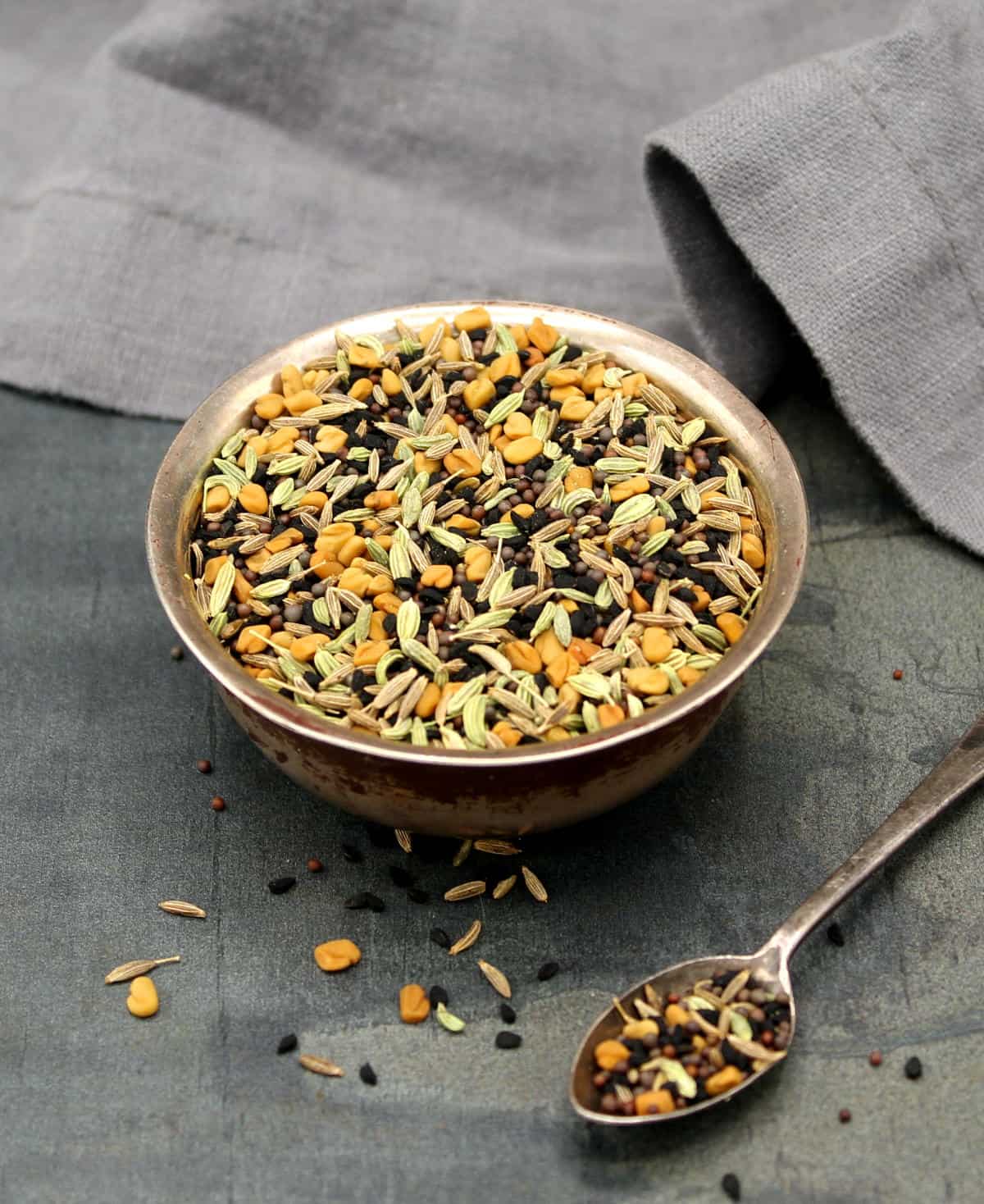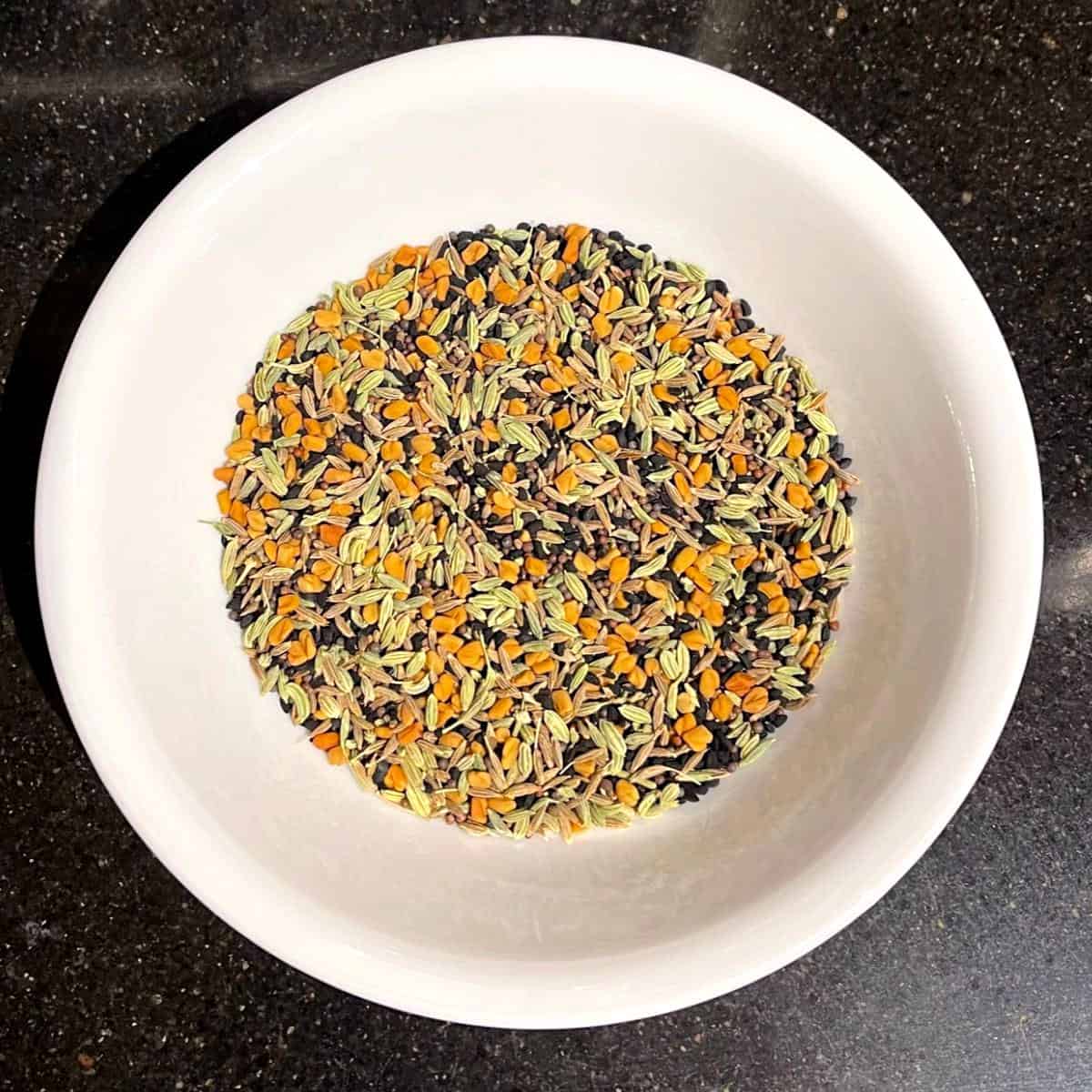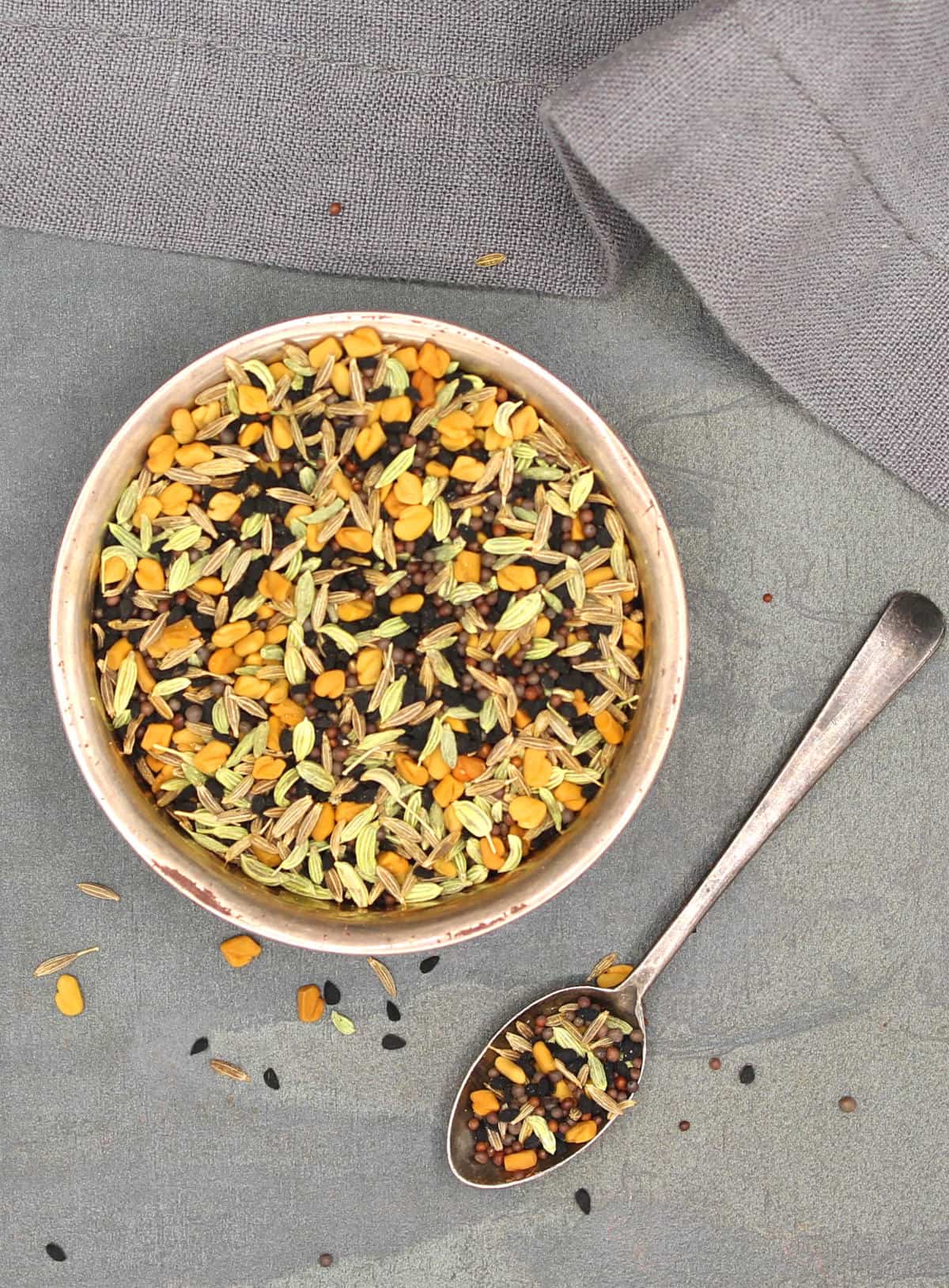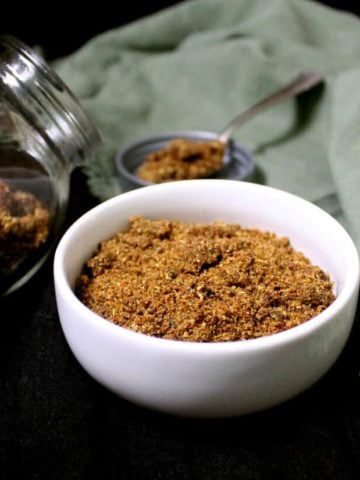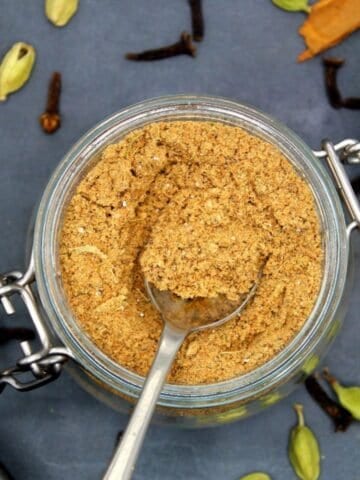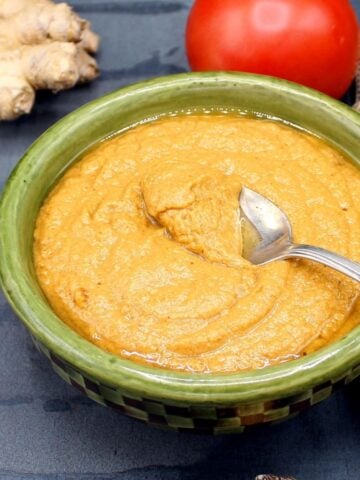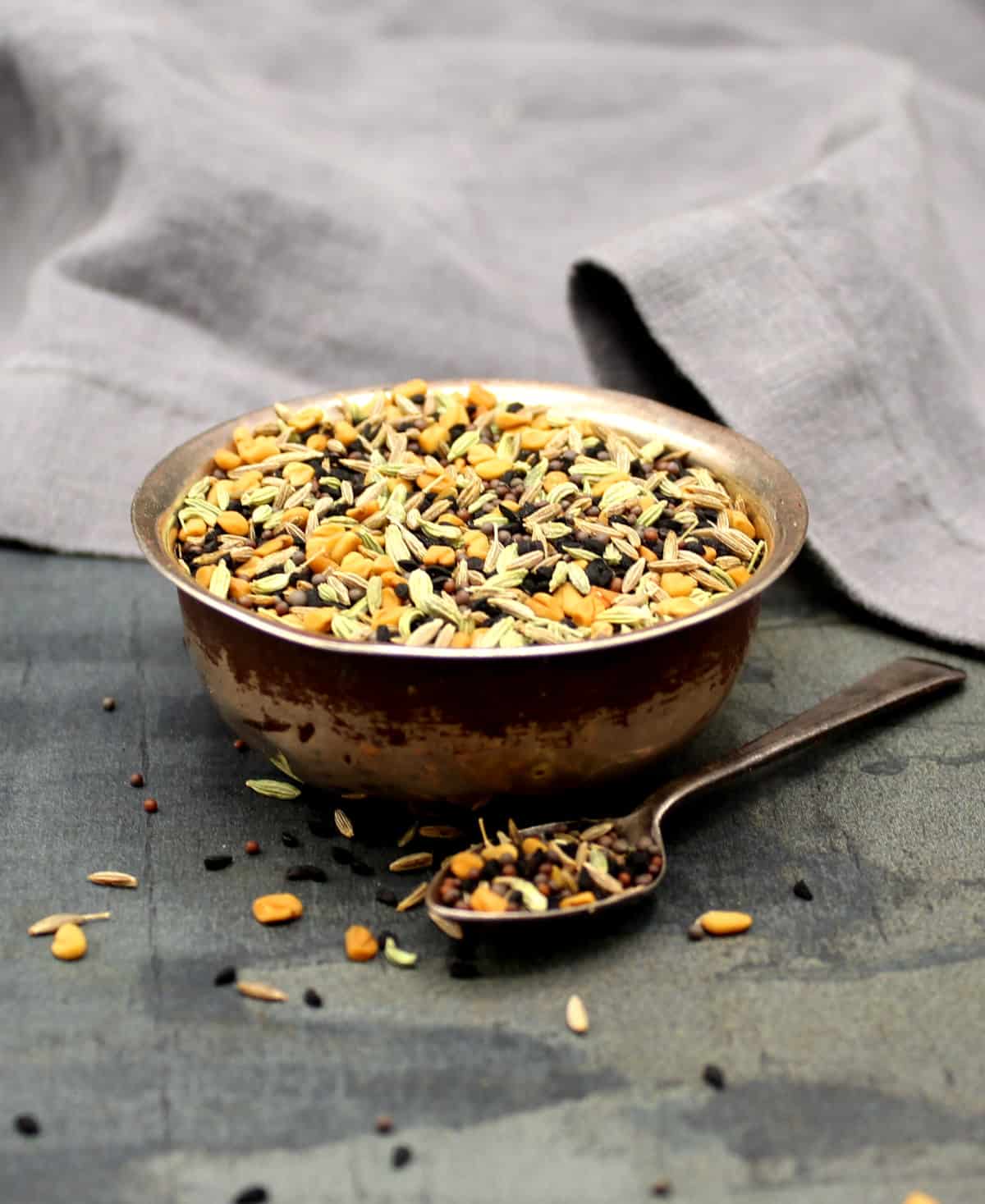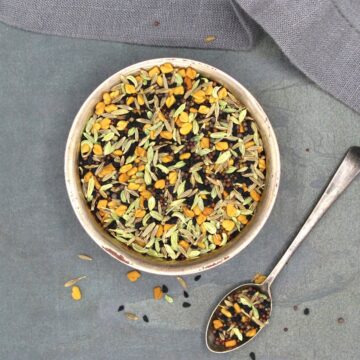What is panch phoron?
Panch phoron (also called paanch phoron or panch phoran) is a whole spice blend used in the cuisine of eastern Indian states like West Bengal, Assam and Orissa, and in neighboring Nepal and Bangladesh. “Panch phoron” literally translates from Bengali into “five tempering spices,” with the five spices being cumin seeds, fennel seeds, nigella seeds, fenugreek seeds and black mustard seeds (some Bengalis use radhuni, the seeds of wild celery, instead of mustard) . Each spice contributes a specific flavor to the blend and together these distinct flavors work their alchemy to create food that tastes nothing short of magical. Fennel is licorice-like, with a sharp sweetness. Fenugreek seeds are bitter, with a sweet undertone. Cumin seeds are earthy and mustard seeds are nutty. Nigella seeds contribute an oniony flavor (they are also called onion seeds for this reason although they do not come from onions). Bengali panch phoron is meant to be a whole-spice blend, unlike other Indian spice blends like garam masala powder or curry powder, which are blended. But when the seeds of panch phoron sputter in oil they send all of those wonderful flavors seeping into that oil and into the rest of the dish. This vivid medley of flavors works wonderfully in simple dishes like Aloo Posto and this Bengali Dal made with red lentils.
The five spices
Each of the five spices in this panch phoron spice mixture offers great health benefits alongside delicious flavor. Skip over to the recipe card for exact quantities of each spice.
Fennel seeds (mouri/saunf/sombu). These are the tiny green seeds of the fennel plant that look a bit like green-tinted cumin. They have a wonderfully licorice-like flavor and are used as a mouth freshener after meals in India. Fennel seeds aid digestion, reduce respiratory ailments and have cancer-fighting properties. Cumin seeds (jeera/jeeragam). Cumin adds an earthy and warm aroma to foods, and is especially wonderful in dishes like this jeera rice and jeera aloo. Cumin is rich in antioxidants, helps control blood sugar, and helps ward off cancer and digestive problems, among other benefits. Black mustard seeds (shorshe/sarson/rai/kadagu). The tiny seeds of the mustard plant are sharply spicy and nutty. Make sure you use brown mustard seeds or black mustard seeds in all Indian cooking, not the yellow variety. Black mustard seeds have a wealth of key minerals and are especially good for the digestive system and the respiratory system. Nigella seeds (kalojeera/kalonji). Nigella seeds have a spicy, pungent taste, much like that of onions. Nigella protects the body from cell damage from free radicals, and may help protect the brain, among several documented benefits. Fenugreek seeds (methi/vendhayam). Fenugreek seeds, used in the Ethiopian berbere spice blend and in Indian dishes like dosa and idli, are predominantly bitter, with a deep, sweet undertone. Methi seeds have tremendous benefits for digestive health. They are also known to reduce blood sugar levels and cholesterol.
More Indian spice blend recipes
If you love this panch phoron recipe, please check out other Indian vegan recipes on Holy Cow Vegan! Check to get new recipe updates by email.
Recipe card
